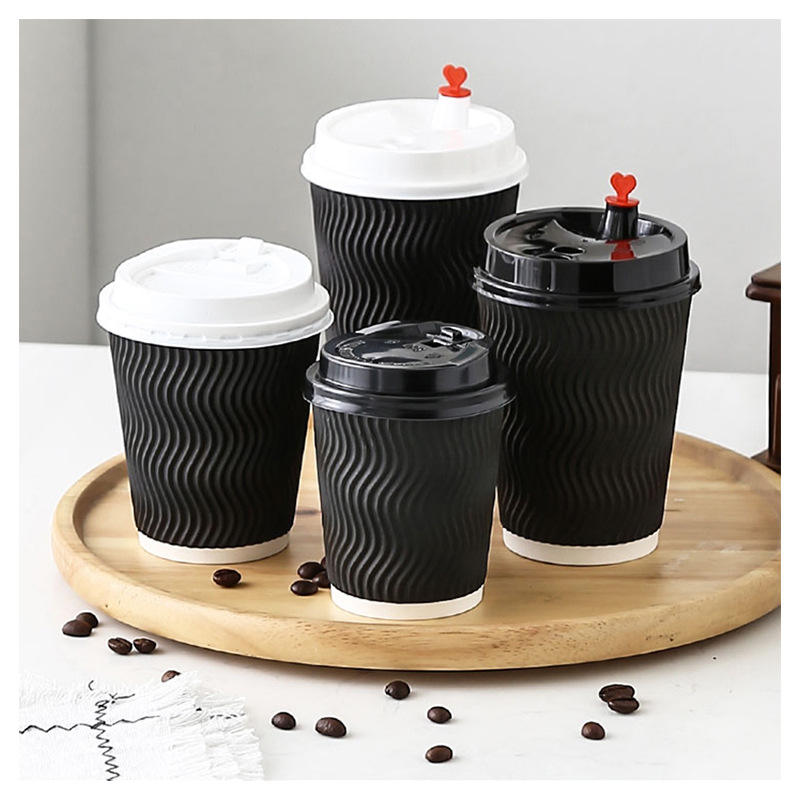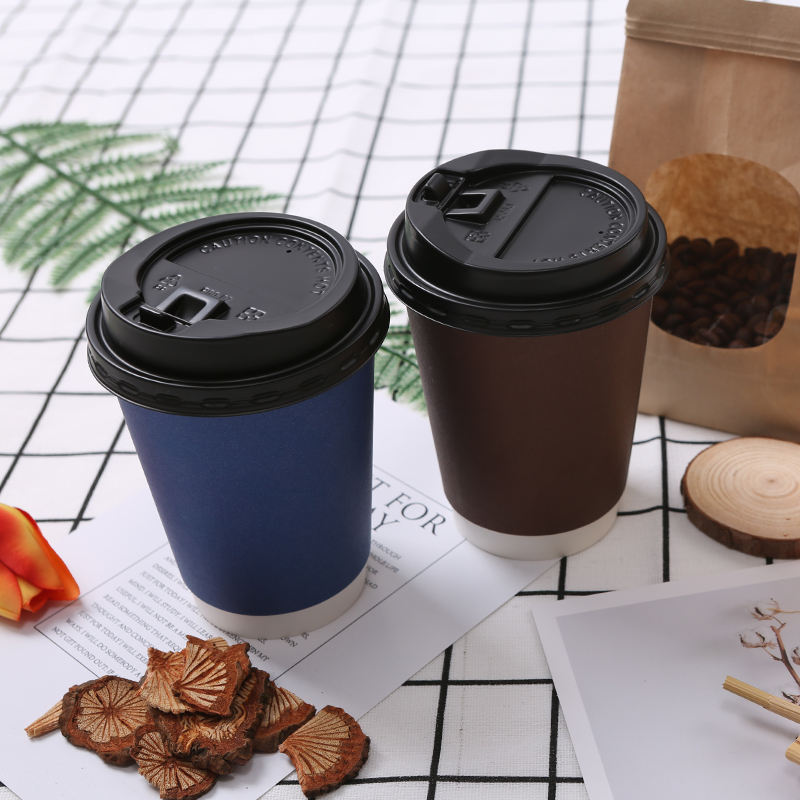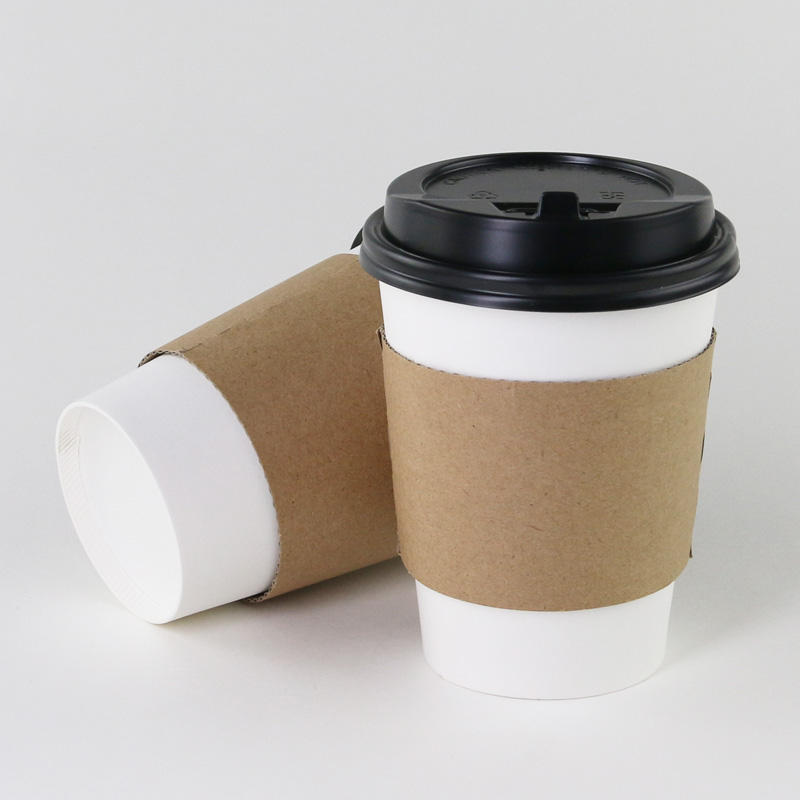The first paper cup was invented in the early 1900s by a Boston lawyer named Lawrence Luellen. Luellen was traveling on a train and became frustrated with the lack of hygienic drinking options available. At the time, people would drink from shared glasses or ladle water from a communal container, which posed a risk of spreading germs and disease.
Luellen came up with the idea of a disposable paper cup that could be used once and then discarded, eliminating the risk of contamination. He founded the Cup-Kap Corporation and began producing paper cups in 1907.
Initially, Luellen’s paper cups were not very popular, as they were seen as a luxury item that was too expensive for everyday use. However, the outbreak of the Spanish Flu in 1918 changed public perceptions of hygiene, and demand for paper cups increased dramatically.
Over the years, paper cups have evolved and become more sophisticated, with innovations such as double-wall insulation and leak-resistant lids. Today, paper cups are used around the world in a variety of settings, from coffee shops and restaurants to hospitals and offices.
While the original paper cup was invented out of a desire for hygienic drinking options, modern paper cups also offer a convenient and eco-friendly alternative to traditional cups made from plastic or foam. Paper cups can be easily recycled or composted, making them a popular choice for environmentally conscious consumers.



